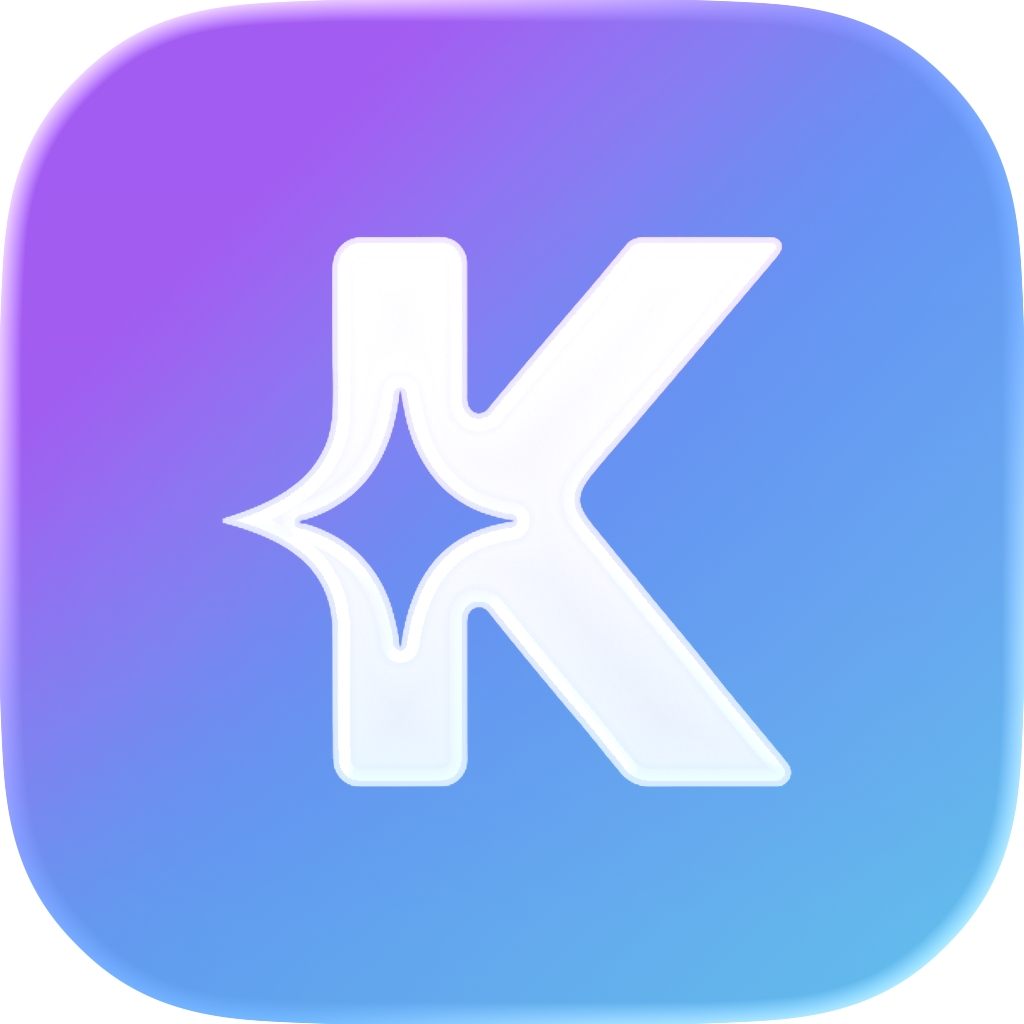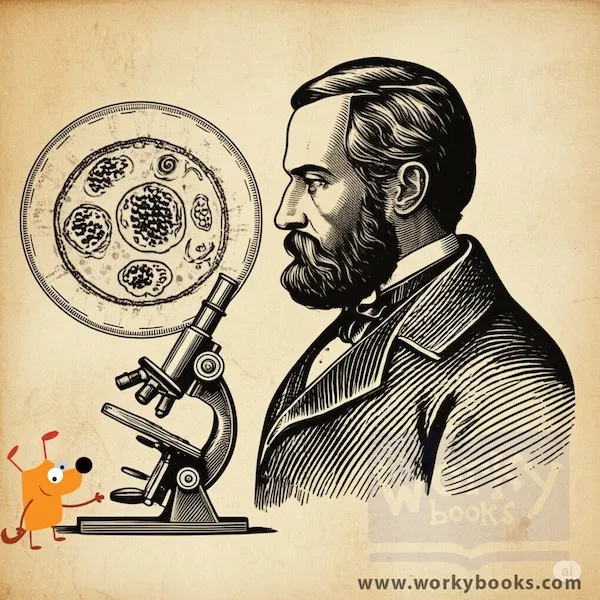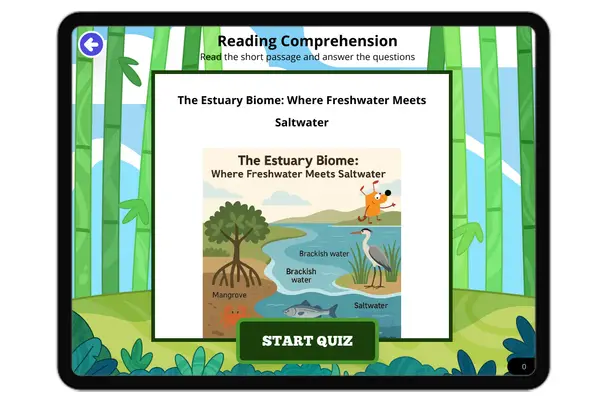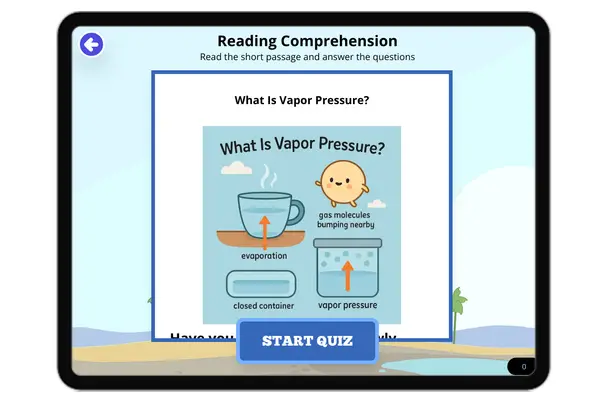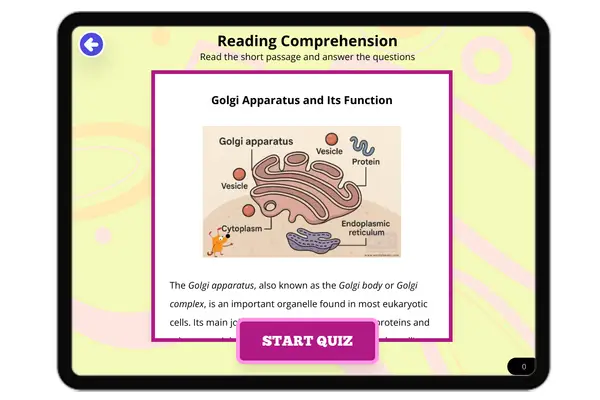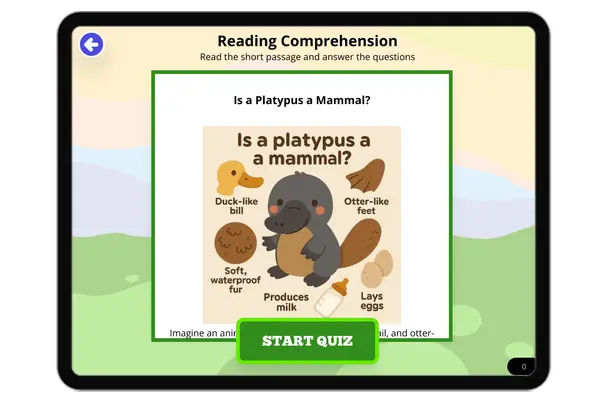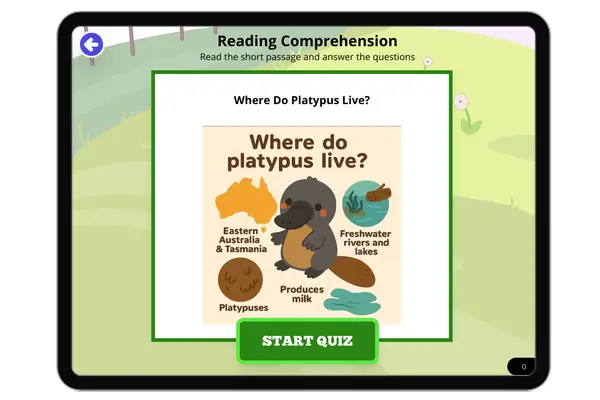Matthias Schleiden and the Discovery That Plants Are Made of Cells — Reading Comprehension
Grades
- 5
- 6
- 7
- 8
Standards
- MS-LS1-1
- MS-LS1-2
PRINT+DIGITAL RESOURCE
This learning resource is available in interactive and printable formats. The interactive worksheet can be played online and assigned to students. The Printable PDF version can be downloaded and printed for completion by hand.
About This Reader
This NGSS-aligned science passage explains how Matthias Schleiden, a German scientist in the 1830s, discovered that all plants are made of cells. Supporting MS-LS1-1, the passage shows how Schleiden used a microscope to examine plant tissue and saw repeating box-shaped cells. His work, along with Theodor Schwann's research on animals, led to the development of cell theory. This middle school reading resource highlights key vocabulary like 'microscope,' 'plant tissue,' and 'structure,' helping students deepen their science comprehension and meet Next Generation Science Standards in life science.
Perfect For:
👩🏫 Teachers
- • Reading comprehension practice
- • Auto-graded assessments
- • Literacy skill development
👨👩👧👦 Parents
- • Reading practice at home
- • Comprehension improvement
- • Educational reading time
🏠 Homeschoolers
- • Reading curriculum support
- • Independent reading practice
- • Progress monitoring
Reading Features:
📖
Reading Passage
Engaging fiction or nonfiction text
❓
Comprehension Quiz
Auto-graded questions
📊
Instant Feedback
Immediate results and scoring
📄
Printable Version
Download for offline reading
🔊
Read Aloud
Voice-over with word highlighting
